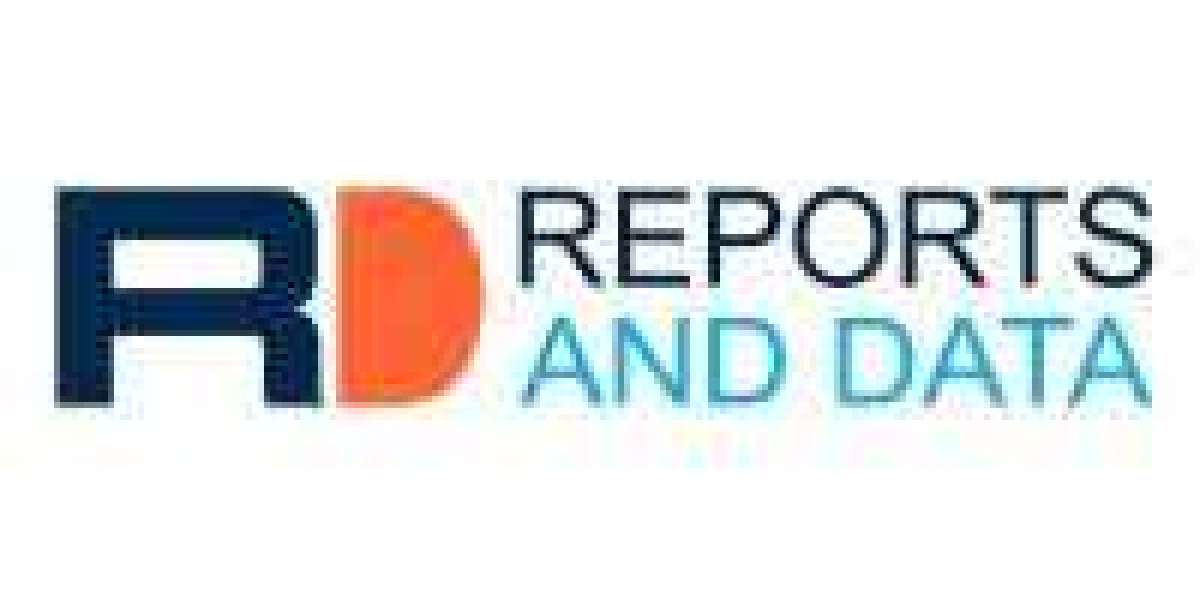Introduction
The hyperuricemia market, which is anticipated to witness significant growth by 2032, is experiencing transformative changes driven by regulatory influences. Hyperuricemia, characterized by elevated uric acid levels in the blood, can lead to gout and other associated health conditions. This article explores how regulatory factors impact the dynamics of the hyperuricemia market, drawing insights from DelveInsight's comprehensive report on the Hyperuricemia Market Insights, Epidemiology, and Market Forecast-2032.
Regulatory Landscape Overview
Regulations play a crucial role in shaping the hyperuricemia market by influencing drug development, approval processes, market access, and reimbursement policies. Regulatory bodies such as the U.S. Food and Drug Administration (FDA), European Medicines Agency (EMA), and Japan’s Pharmaceuticals and Medical Devices Agency (PMDA) set the standards for clinical trials, drug approval, and post-marketing surveillance.
- Drug Approval and Market Entry
Regulatory agencies are responsible for evaluating the safety and efficacy of new treatments. In the hyperuricemia market, the approval process for new drugs can significantly impact market dynamics. For example, drugs in various stages of clinical trials, such as Tigulixostat (LC350189), SAP-001, and D-0120, are subject to rigorous scrutiny. The approval of these emerging therapies will determine their market entry and competitive positioning. - Accelerated Approval Pathways: Regulatory agencies offer accelerated approval pathways for drugs addressing unmet medical needs. For instance, the FDA’s Breakthrough Therapy Designation and EMA’s PRIME scheme can expedite the approval process for innovative hyperuricemia treatments. This can shorten the time-to-market for promising therapies, influencing market growth.
- Post-Marketing Surveillance: Once approved, drugs are monitored for safety and efficacy in the real-world setting. Regulatory requirements for post-marketing studies can affect drug utilization and market acceptance. Drugs with safety concerns or limited efficacy may face restrictions or label changes, impacting their market performance.
- Reimbursement and Market Access
Reimbursement policies established by health authorities and insurance companies are critical for market access. Therapies for hyperuricemia must demonstrate value not only in clinical trials but also in real-world settings to secure reimbursement. - Health Technology Assessment (HTA): HTA bodies evaluate the cost-effectiveness of new treatments. In the hyperuricemia market, drugs must prove their economic value to gain favorable reimbursement. The cost-effectiveness of therapies like Febuxostat and Arhalofenate will be closely scrutinized to determine their inclusion in national formularies.
- Pricing Regulations: Regulatory frameworks also influence drug pricing. Price controls and negotiations with healthcare payers can affect the affordability and accessibility of hyperuricemia treatments. For instance, drugs with high costs may face challenges in gaining widespread adoption if they do not meet cost-effectiveness criteria.
- Clinical Trial Regulations
The design and conduct of clinical trials are governed by stringent regulations. These regulations impact the development timeline and success rate of new hyperuricemia therapies. - Trial Design Requirements: Regulatory agencies impose specific requirements for trial design, including endpoints, patient populations, and statistical methods. Adhering to these requirements is crucial for obtaining approval and ensuring that the drug addresses the needs of hyperuricemia patients.
- Data Transparency and Reporting: Regulations mandate transparency in clinical trial results. Drug developers must report adverse events and trial outcomes, which can influence the market perception and acceptance of new therapies. Positive results may enhance market prospects, while negative findings can deter investment.
- Market Competition and Innovation
Regulatory policies can drive competition and innovation within the hyperuricemia market by shaping the therapeutic landscape. - Patent Exclusivity and Market Exclusivity: Regulatory exclusivities, such as patent and market exclusivity, grant temporary protection to innovators. This allows companies like LG Chem and Sanofi to secure market share and recoup research and development investments.
- Orphan Drug Status: For rare forms of hyperuricemia or specific patient subpopulations, regulatory agencies may grant orphan drug status. This designation provides incentives such as extended exclusivity and funding for research, fostering innovation in underserved areas of the market.
Request for Sample Report @ Hyperuricemia Market
Impact on Market Dynamics
The regulatory environment significantly influences various aspects of the hyperuricemia market, including drug development, market access, and overall market dynamics.
- Emerging Therapies and Market Growth
The introduction of new therapies is a key driver of market growth. Regulatory approvals for emerging drugs such as SEL-212 and URC102 can expand treatment options and address unmet needs in hyperuricemia management. As these therapies progress through clinical trials and achieve market approval, they are expected to drive market expansion. - Market Barriers and Challenges
Regulatory barriers can pose challenges for drug developers. Stringent approval processes, high costs of compliance, and lengthy timelines may hinder market entry for new therapies. Companies must navigate these barriers effectively to ensure timely access to the market. - Opportunities for Innovation
The evolving regulatory landscape presents opportunities for innovation. Companies investing in novel therapies and technologies can leverage regulatory incentives to gain a competitive edge. For example, advancements in personalized medicine and targeted therapies may benefit from regulatory support for innovative approaches to hyperuricemia treatment. - Patient Access and Treatment Outcomes
Regulatory decisions impact patient access to treatments. Favorable reimbursement policies and timely approvals can improve patient outcomes by providing access to effective therapies. Conversely, regulatory delays or restrictive reimbursement practices may limit treatment options and affect patient care.
Conclusion
The regulatory impact on the hyperuricemia market is profound, shaping the development, approval, and availability of new therapies. By influencing drug approval processes, reimbursement policies, and clinical trial regulations, regulatory bodies play a critical role in determining the market dynamics for hyperuricemia treatments. As the market evolves, stakeholders must navigate these regulatory influences to capitalize on emerging opportunities and address ongoing challenges. Understanding these regulatory impacts is essential for companies and healthcare providers aiming to improve hyperuricemia management and patient outcomes.
For more insights on the hyperuricemia market and its regulatory landscape, DelveInsight's comprehensive report offers detailed analysis and forecasts, highlighting key trends and opportunities in the evolving market.
Trending Reports:
Advanced Recurrent Ovarian Cancer Market | Aids Related Kaposi’s Sarcoma Market | Alkaptonuria Market | Anti-gbm Market | Cancer Anorexia Market | Chronic Rhinosinusitis Phenotype With Nasal Polyps Market | Duchenne Muscular Dystrophy Market | Hyperopia Market | Nonmuscle Invasive Bladder Cancer Market | Oral Mucositis Om Market | Severe Hypertriglyceridemia Market | Antibody Mediated Rejection Market | Bk Virus Infection Market | Human Papillomavirus Positive Cancer Market | Intrahepatic Cholangiocarcinoma Market | Anovulation Market | Anti-cd274 Pd-l1 Antibody Pipeline | Antibody-mediated Rejection Market | Bone And Joint Infection Market | Bradycardia Treatment Devices Market | Cardiorenal Syndrome Market | Facioscapulohumeral Muscular Dystrophy Market | Menorrhalgia Market | Postmenopausal Vaginal Atrophy Market | Uncomplicated Urinary Tract Infections Market | Balloon Catheters Market | Cervical Intraepithelial Neoplasia Market | Cutaneous Lupus Erythematosus Market | Vascular Dementia Market | West Syndrome Market








